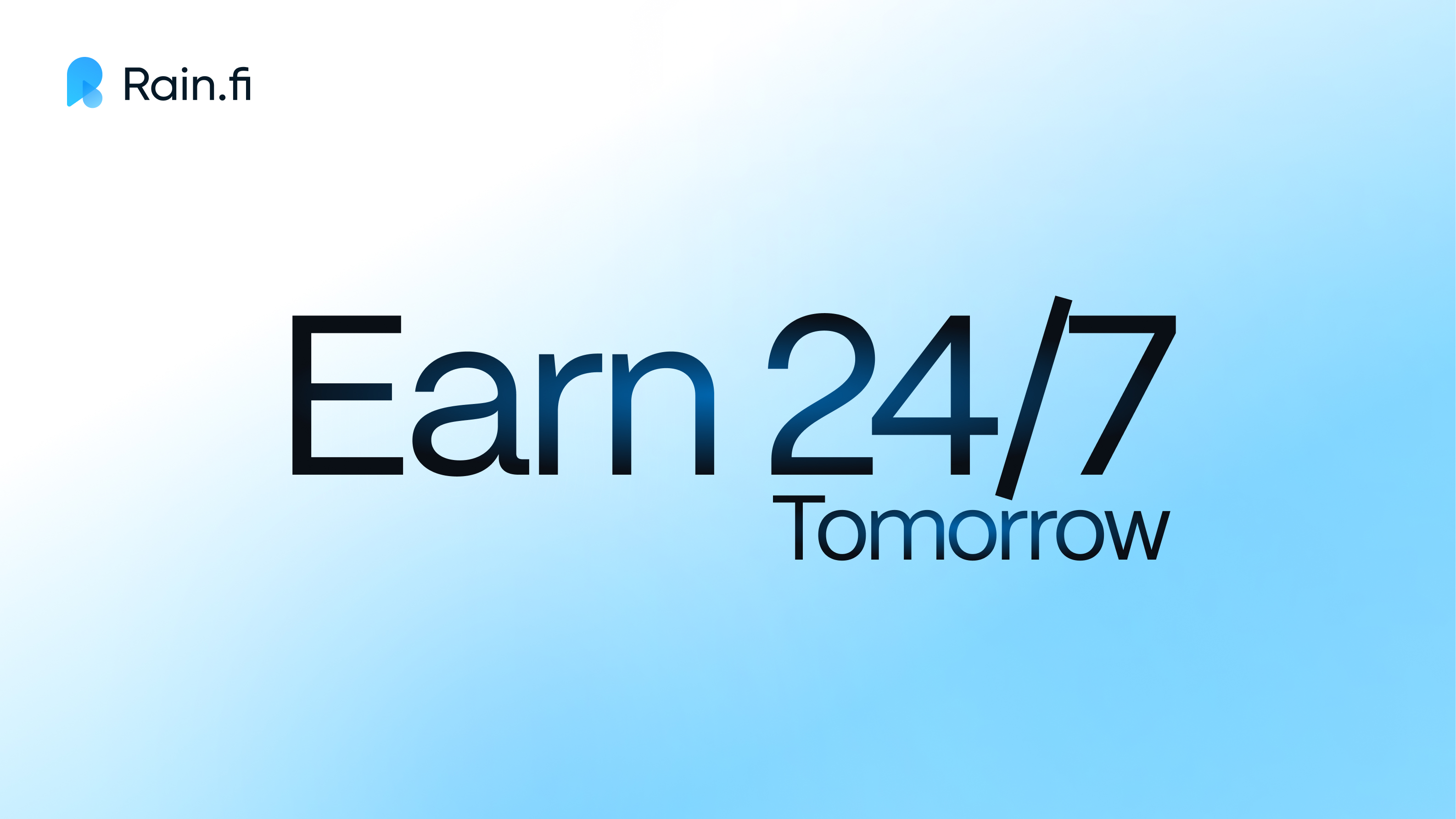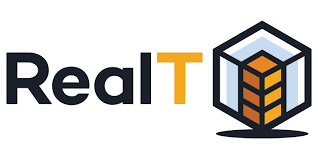Peer-to-Peer Crypto Lending
Peer-to-peer (P2P) crypto lending is a way for people to lend and borrow cryptocurrency directly from each other without a traditional bank or financial institution acting as a middleman. Instead of a bank, these transactions are handled by a decentralized platform that connects lenders and borrowers.
How It Works
Think of it like a marketplace. Lenders, who have crypto they want to earn interest on, browse for borrowers who need to take out a loan. The entire process is automated and governed by a smart contract on a blockchain.
Here’s a simplified breakdown:
Lender: A person or group with cryptocurrency they aren't using can deposit it onto a P2P lending platform. They earn a return, or yield, from the interest paid by borrowers.Borrower: A person who needs cryptocurrency can request a loan from the platform. The platform's smart contract automatically matches them with lenders.
Collateral: Most crypto P2P loans are over-collateralized. This means a borrower must put up more value in cryptocurrency than the loan they are receiving. For example, a borrower might put up $1,500 worth of Bitcoin as collateral to borrow $1,000 worth of a stablecoin. This protects the lender.
Smart Contract: This is the key. The smart contract automatically locks the borrower’s collateral and releases the loan funds. If the borrower repays the loan plus interest on time, the smart contract returns their collateral. If the borrower defaults or the value of their collateral drops too low, the smart contract automatically sells the collateral to repay the lender.

"The Rain.fi platform is a specific example of how these two concepts, cryptocurrency and passive income, come together."
Rain.fi is a decentralized lending protocol built on the Solana blockchain
It's designed to facilitate loans where people can use their NFTs (Non-Fungible Tokens) as collateral. This creates a market where two main types of users interact:
Borrowers: People who own valuable NFTs but need to borrow digital currency (like SOL or USDC) without selling their NFT. They use their NFT as collateral for the loan and pay interest on the borrowed amount.
Lenders: This is where the passive income opportunity comes in. As a lender, you provide the digital currency that borrowers want to borrow. You deposit your crypto into a liquidity pool on the Rain.fi platform.
By doing this, you become a liquidity provider. The money you contribute helps fund the loans that borrowers take out. In return for providing this essential liquidity, you earn a share of the interest and fees that borrowers pay on their loans. This creates a steady stream of income that is directly proportional to how much you've contributed to the pool.
How it Works in Practice
Think of it like being a part of a digital bank. When you deposit your money into a savings account, the bank lends that money out to other people and pays you a small percentage of the interest they collect.Rain.fi operates on a similar principle but in a decentralized way. Your deposited crypto is held in a smart contract (a piece of code on the blockchain) that automatically manages the loans. This removes the need for a traditional bank or middleman.
The passive income you earn is a result of the protocol's mechanics, which continuously generate returns from the interest payments of active borrowers. Once you've supplied your assets to the liquidity pool, the process is largely automated. You can check your earnings periodically and withdraw them whenever you like.
Pros
-
No Liquidation Risk: The platform is designed to eliminate liquidation, which is a major concern with traditional crypto loans.
-
Leveraged Trades: Users can get up to 13x leverage without the typical risks associated with margin trading.
-
Global Accessibility: As a DeFi platform, it is accessible to users worldwide without the need for traditional credit checks or lengthy KYC processes.
-
Efficient & Fast: The protocol is built on the Solana blockchain, which is known for its high speed and low transaction costs.
Cons
-
Lower yield: Being a popular model, APY of around 2-3% is generally acceptable and brings out most loans per pool.
-
Smart Contract Risk: As with any DeFi protocol, there is a risk of technical vulnerabilities or bugs in the smart contract code that could be exploited.
-
Lack of Regulation: DeFi platforms are generally unregulated, which means there may be less consumer protection if something goes wrong.
Conclusion
Rain.fi offers a straightforward path to generating passive income by participating in a decentralized lending ecosystem. By providing liquidity, you’re not just earning interest; you're also playing a crucial role in enabling a new type of financial service that bridges traditional finance concepts with the innovative world of NFTs and decentralized protocols.








